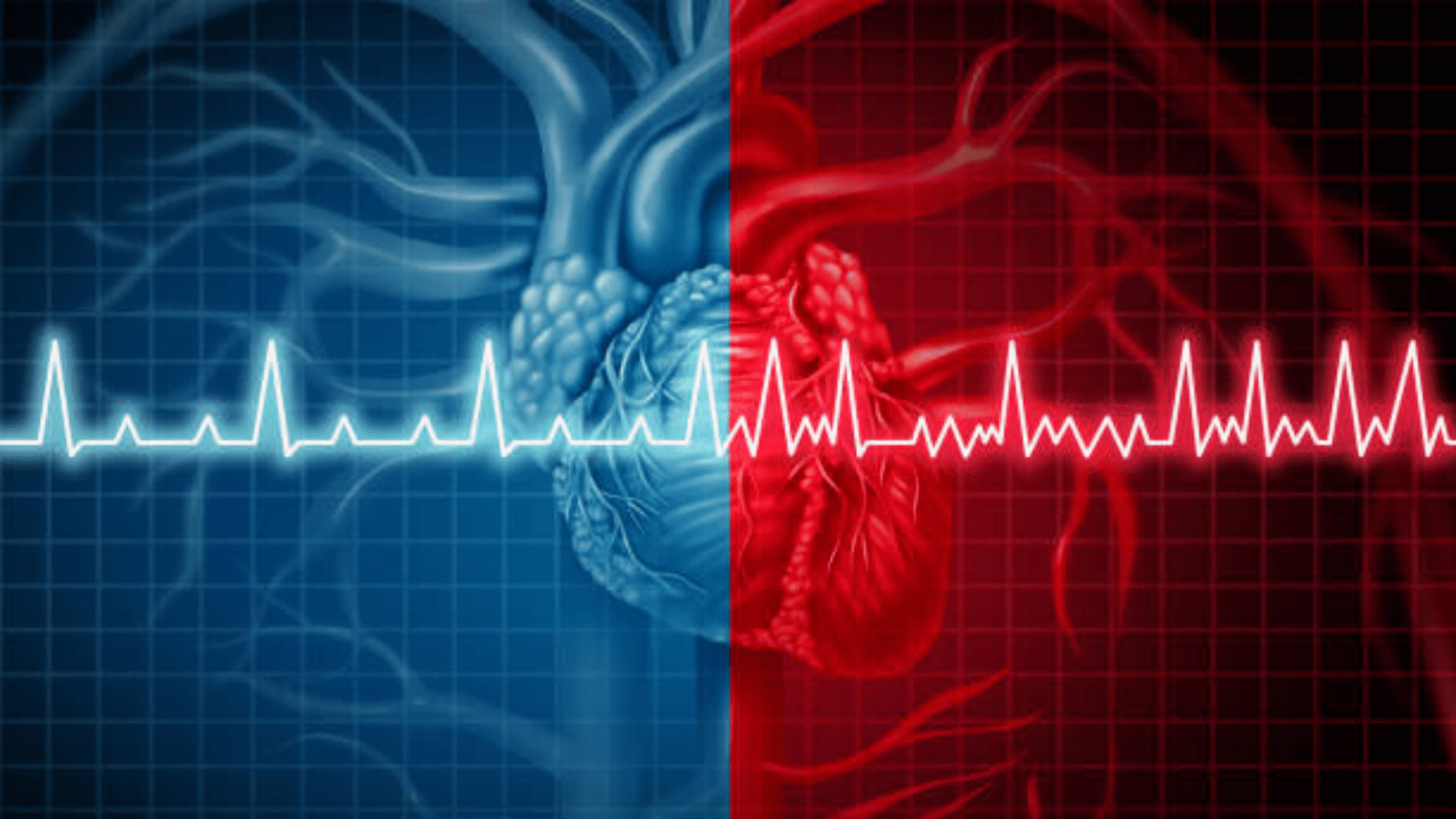This year, World Heart Rhythm Week runs from the 6-12th of June, with the goal of spreading awareness of arrhythmias to our community and healthcare professionals.
An arrhythmia is classified as an abnormal heart rhythm, when the heart beats too fast (tachycardia), too slow (bradycardia), or irregular in its pace. The condition is caused by incorrectly functioning electrical impulses within the heart; however, arrhythmias can affect even a perfectly healthy heart.
Heart arrhythmias are categorised by the speed of the heart rate and the term arrhythmia covers a broad range of more specific conditions.
What are the types of Arrhythmias?
Here is a list of the various types of arrhythmias and a brief classification:
• Atrial Fibrillation – irregular, rapid heart rate
• Atrial Flutter – upper chambers increased heart rhythm
• Ectopic Heartbeats – extra or skipped heart beats
• Heart Block – slowing of electrical signals within heart
• Long QT, Brugada and Wolff-Parkinson-White syndrome – fast and chaotic heart rate
• Paroxysmal arrhythmias – development of short circuit rhythm
• Supraventricular tachycardia – irregular and erratic heart rate
• Tachybrady syndrome – alternation between fast and slow heart rhythm
• Ventricular fibrillation – irregular heart rate affecting ventricles
• Ventricular tachycardia – lower chamber increased heart rhythm
The effect of an arrhythmia on an individual can vary greatly, from no noticeable symptoms to a fluttering chest, chest pain, fainting and dizziness. This correlates with the severity of the arrhythmia, which can range from harmless to life-threatening.
What are the common symptoms of arrhythmias?
• Chest Pain,
• Fluttering in chest,
• Racing Heartbeat,
• Shortness of breath, and a
• Slow Heartbeat.
The cause of an arrhythmia can be diagnosed through a wide array of methods conducted by a general practitioner. The most common form of diagnosis is through a physical exam and a thorough investigation of the patient’s medical history. Several other tests can also be used to diagnose arrhythmias.
How to diagnose a heart arrhythmia?
Below is a list of diagnostic tests that can be performed to possibly detect an arrhythmia:
• Echocardiogram,
• Electrocardiogram,
• Event Recorder,
• Holter Monitor,
• Implantable Loop Recorder,
• Stress Test,
• Tilt Table Test, and
• Electrophysiological testing and mapping.
The treatment of arrhythmias is largely dependent on the individual severity and type of arrhythmia present. There are a number of treatment options utilised by doctors, including medication, medical procedure, supportive care, or devices.
What are some of the Arrhythmias treatment options?
There is a range of procedures available for the treatment of arrhythmias. Below is a brief list of some of these treatment options:
• Ablation Therapy – catheters inserted into inner heart
• Cardioversions – electric shock or medication used to reset heart rhythm
• Coronary Bypass Surgery – artery/veins from body grafted onto coronary arteries
• Implantable Cardioverter-Defibrillator – implanted into patient to monitor heart rhythm
• Maze Procedure – surgical incisions on heart
• Medication – reduce number of arrhythmia episodes and promote electrical conduction
• Vagal Manoeuvres – movements/exercises
• Ventricular Aneurysm Surgery – surgical removal of aneurysm
If a change in heart rhythm has been noticed, an appointment should be made to see a general practitioner for further investigation. However, if presented with symptoms of shortness of breath, weakness, dizziness, light-headedness, or fainting, immediate medical help should be sought out.
In an emergency call 000 or 13 HEALTH (1 343 25 84) if unsure of the severity of the medical condition.

